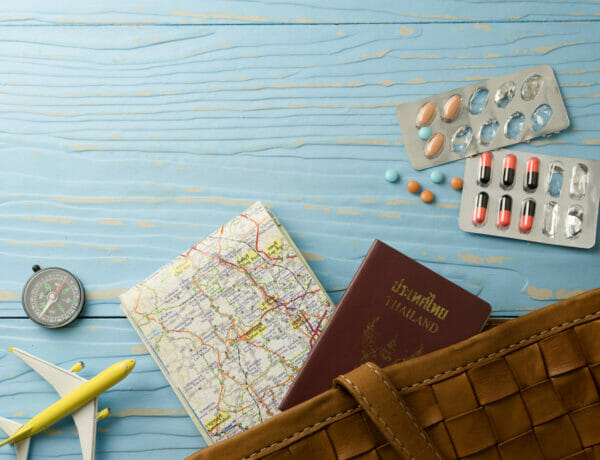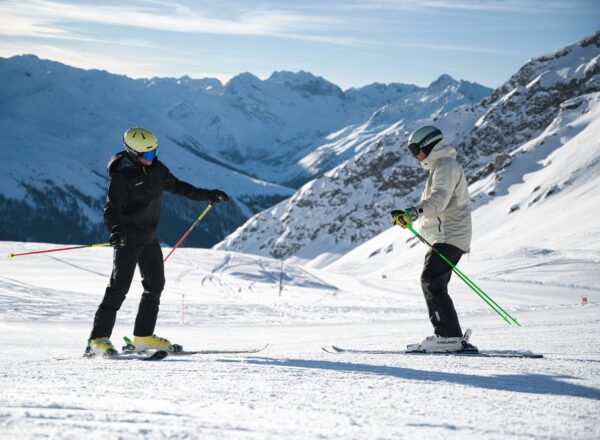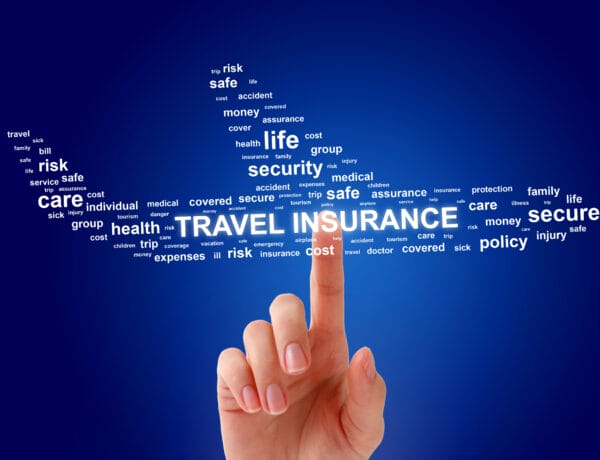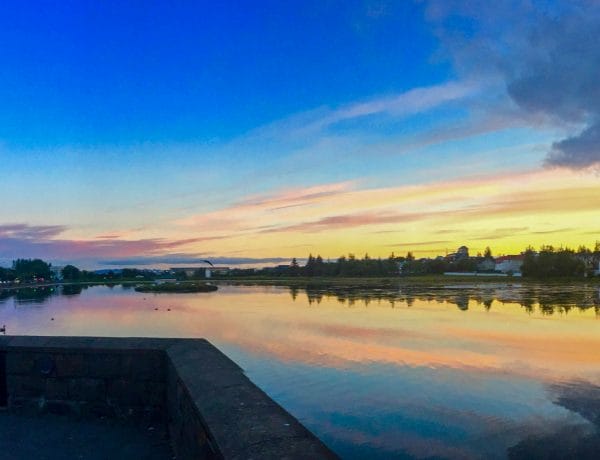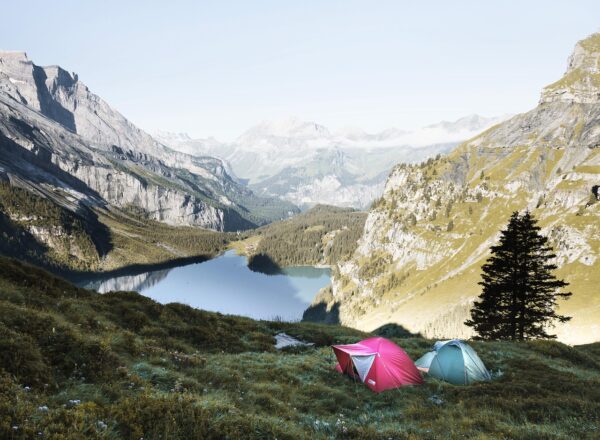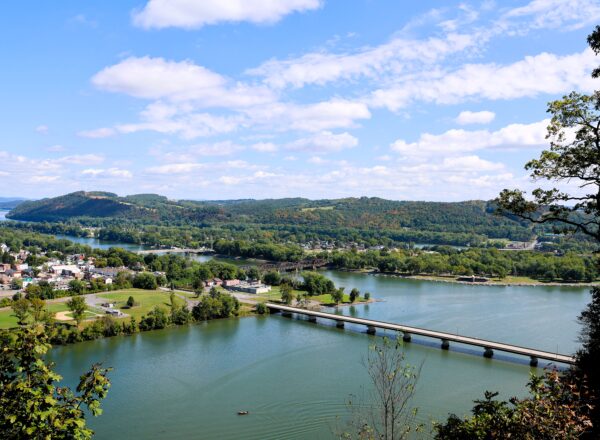We are bringing back author Laura Rosen to share tips on must-have winter gear for this upcoming ski season. It is all about being prepared to make the most of your adventure.
- Why Proper Winter Gear Matters More Than You Think
- The Essential Safety Gear You Shouldn't Leave Home Without
- The Winter Layering System You Need
- Hands, Feet, And Everything In-Between
- Smart Winter Gear Choices: Rent vs. Buy
- Stuff Nobody Tells You About
- Wrapping It Up: The Winter Gear Essentials
- Planning a Ski Trip this Winter? Check out the links below
- Our Top Recommended Travel Products

Get ready to ski without overpacking
There are thousands of skiers every season who show up at the mountains unprepared. From the wrong equipment to ill-fitting rentals and forgotten safety gear, there are many ways to arrive ill-equipped for a day on the slopes.
The problem:
Winter gear matters because skiing without it is dangerous. In fact, approximately 600,000 people are treated for skiing injuries in the U.S. every year, many of which could have been prevented if proper gear had been worn.
The good news:
Sorting out your winter gear doesn’t have to be complicated or costly.
What You Will Learn:
- Winter gear essentials every skier needs
- Tips for selecting the proper winter gear
- Rental versus buying winter gear: which is right for you?
- Safety gear that can save your life
Why Proper Winter Gear Matters More Than You Think
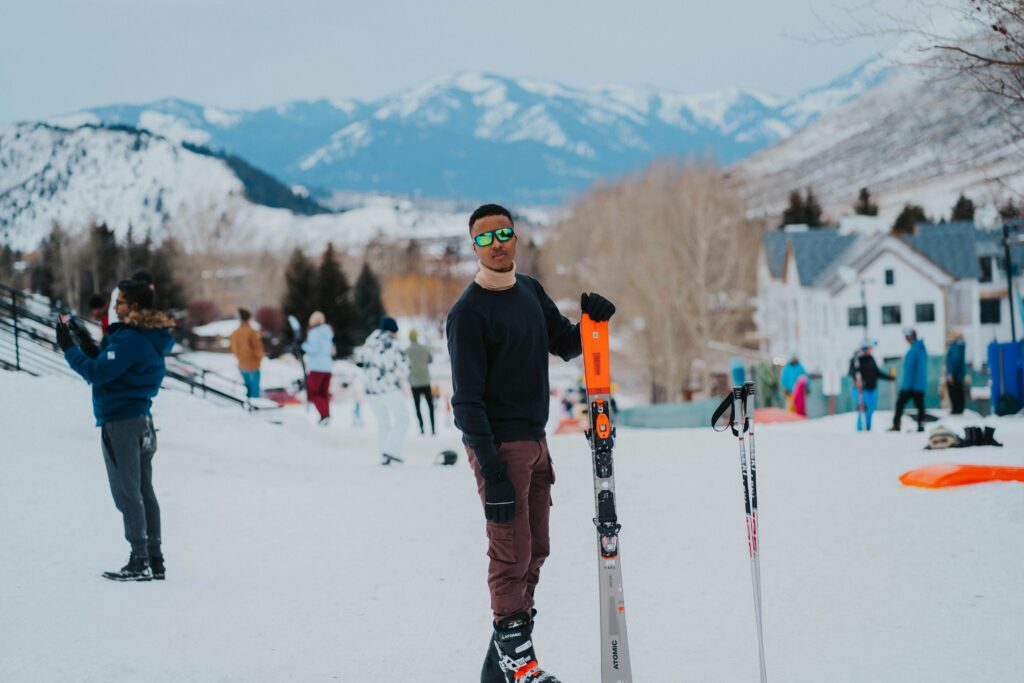
Most novices make the same mistake when they first ski…
Thinking that any winter jacket and gloves will be enough to stay warm on the slopes. The truth is that skiing in regular winter clothes is like running a marathon in sandals.
Good winter gear will keep you warm in below-zero temperatures, protect you from injury in a fall or collision, and will even help you perform better so you can actually ski instead of simply surviving the cold.
When you plan your ski vacation, the best first step is to rent winter gear from a reputable store that ensures you have properly fitting, well-maintained equipment. Rentals are also sized for your ability level, which is critical for safety.
Once you have the proper winter gear, you’ll even be a better skier because you’ll be comfortable and warm enough to focus on technique rather than just getting through the day.
The Essential Safety Gear You Shouldn’t Leave Home Without
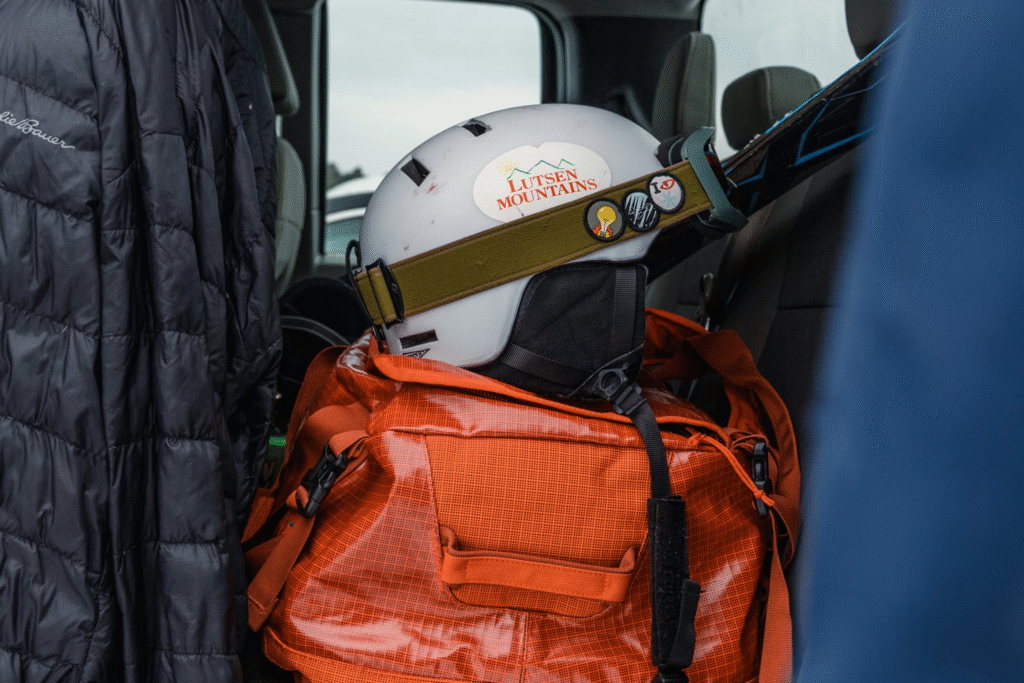
Time for a hard truth:
Specific safety equipment can actually save your life on the slopes.
Helmets: Protecting Your Most Valuable Asset
Prepare to be shocked…
Ski helmets reduce the risk of head injury by 60%, according to pediatric safety experts. And yet most skiers and snowboarders don’t wear them.
But not all helmets are the same. Look for a helmet with one of the two certification codes: ASTM F2040 or CE EN 1077. This code indicates the helmet has been tested for its shock-absorbing capacity and met rigorous standards for penetration and durability.
Your helmet should fit snugly and comfortably with no gaps between the padding and your head.
Common mistake: Purchasing a helmet that is too big so you can “grow into it”. An ill-fitting, loose helmet provides almost no safety value.
Goggles: Improving Your Vision Matters
Ask any good skier, and they will tell you what the number one attribute of a great skier is…
Vision. If you can’t see where you’re going, everything else becomes much more difficult. Ski goggles are safety gear because they protect your eyes from UV radiation, wind, snow glare, and flying debris.
Look for a pair of goggles with an anti-fog coating and interchangeable lenses so you are equipped for different weather conditions. Yellow lenses are great for overcast days, while a darker lens is better for direct sun and bright conditions.
The Winter Layering System You Need
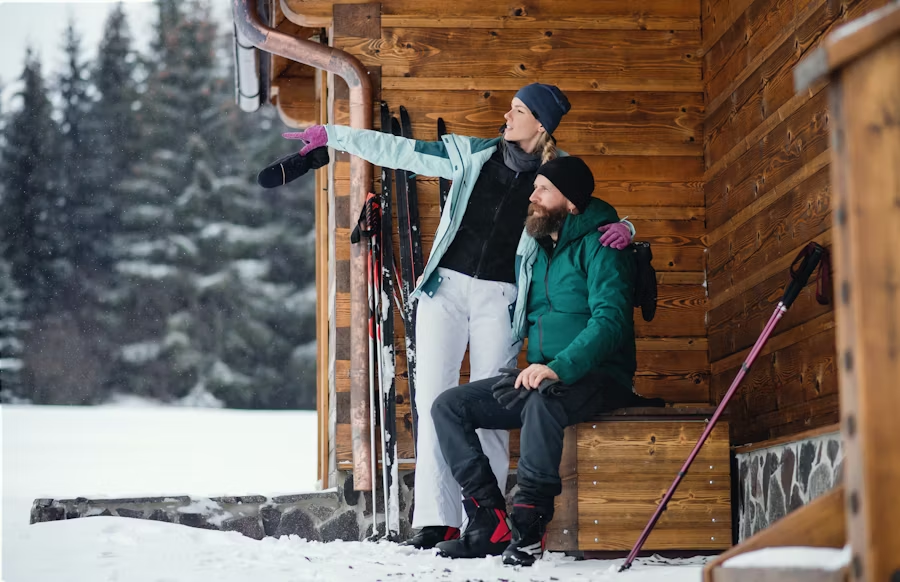
Ok, let’s de-bunk a few popular myths about winter gear…
Staying warm in winter isn’t just about piling on layers of bulky clothes. Skiing actually requires a specific layering system that will keep you warm without overheating or sweating excessively. Here’s the simple three-part breakdown:
Base Layer: Start With Moisture-Wicking
This first layer goes directly against your skin and should never be cotton. Cotton absorbs moisture and makes you feel colder.
Synthetic or merino wool base layers wick moisture away from your body, dry quickly, and trap some heat even when damp.
Mid Layer: Time for Insulation
The mid layer traps body heat and provides insulation. A fleece jacket or down vest is a popular choice, as is a synthetic insulated jacket.
Pick something you can easily remove if you overheat. Sweating while skiing is just as bad for you as being too cold.
Outer Layer: Protection From The Elements
Your outer layer (ski jacket and pants) is your first defense against the weather and will shield you from wind, snow, and moisture. Choose a fabric that is waterproof, breathable, and tough enough to withstand some falls.
Look for ski jackets with powder skirts and wrist gaiters that seal out snow when you fall.
Hands, Feet, And Everything In-Between

Hands and feet are where many skiers make common mistakes in their winter gear…
Gloves or Mittens?
This is an age-old debate. Here’s the verdict:
Mittens are warmer than gloves. Your fingers generate heat, but they cannot share heat when a glove material separates them.
Gloves improve dexterity and movement, but they will not keep your hands as warm.
For most recreational skiers, a pair of insulated gloves with a waterproof shell will be just fine. Look for gloves with long gauntlets that cover your jacket sleeves completely.
Socks: Make Every Pair Count
Never put on two pairs of socks while skiing. This is common advice, but it’s bad advice.
Extra socks cause pressure points and restrict circulation, making your feet colder. Instead, choose proper ski socks made of moisture-wicking material that come up just below your knee.
It is better to wear one pair of good-quality ski socks than two pairs of regular socks.
Neck Gaiter/Balaclava
Neck gaiters or balaclavas are the unsung heroes of winter gear. They close the gap between your helmet and jacket around your neck and prevent cold air from entering at this vulnerable point, keeping your face and neck warm on frigid days.
Smart Winter Gear Choices: Rent vs. Buy
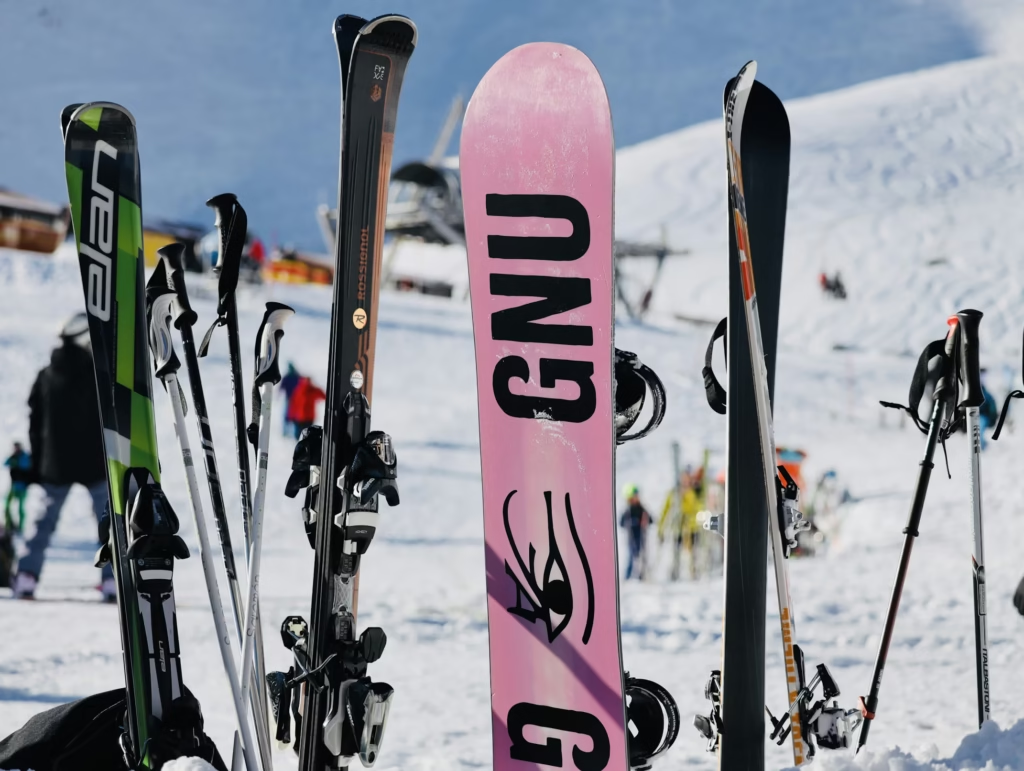
Here’s a truth that every renter knows…
Buying all your winter gear up front can cost you thousands of dollars. This isn’t realistic or financially sensible for most people, especially beginners. Renting allows you to experiment with different gear, always have properly maintained and safe equipment, avoid storage headaches, and save money if you only ski every once in a while.
The exception:
Safety gear is worth buying so that it is always at the ready, fits you perfectly, and you can rely on it every time.
For everything else (skis, boots, poles, jackets), a quality ski rental service provides access to high-end equipment with no massive initial investment.
Stuff Nobody Tells You About
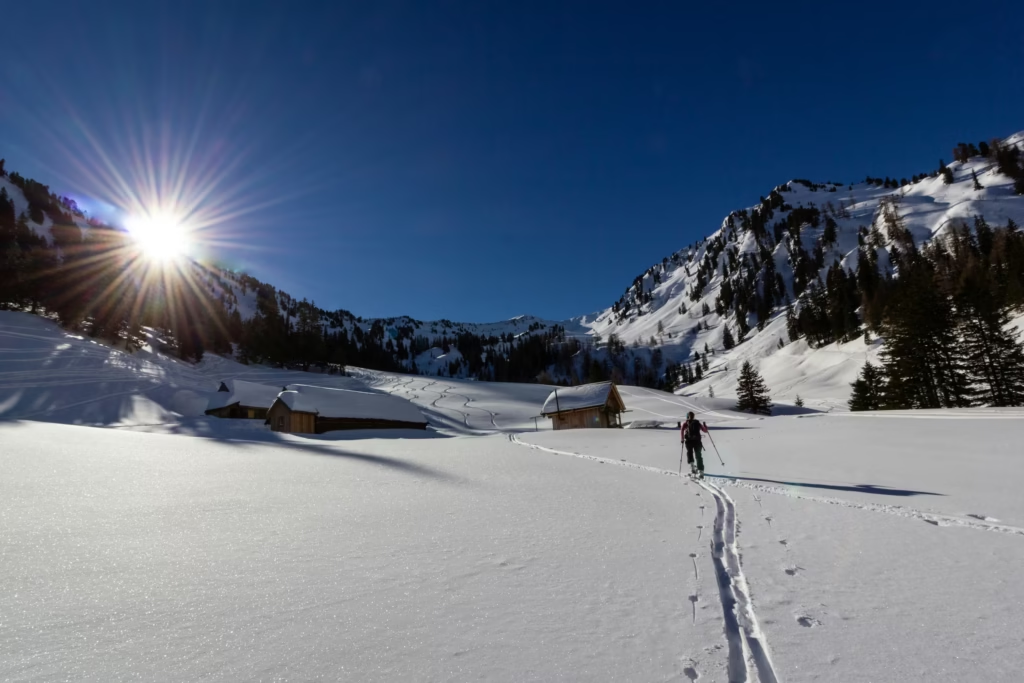
Want to make your ski day even better?
Don’t forget these additional items that are often overlooked in winter gear guides:
- Sunscreen: UV rays are amplified at high elevation
- Lip balm with SPF: Chapped lips are no fun
- Hand warmers: Magic for frigid days
- Small backpack: For carrying water and snacks
Wrapping It Up: The Winter Gear Essentials
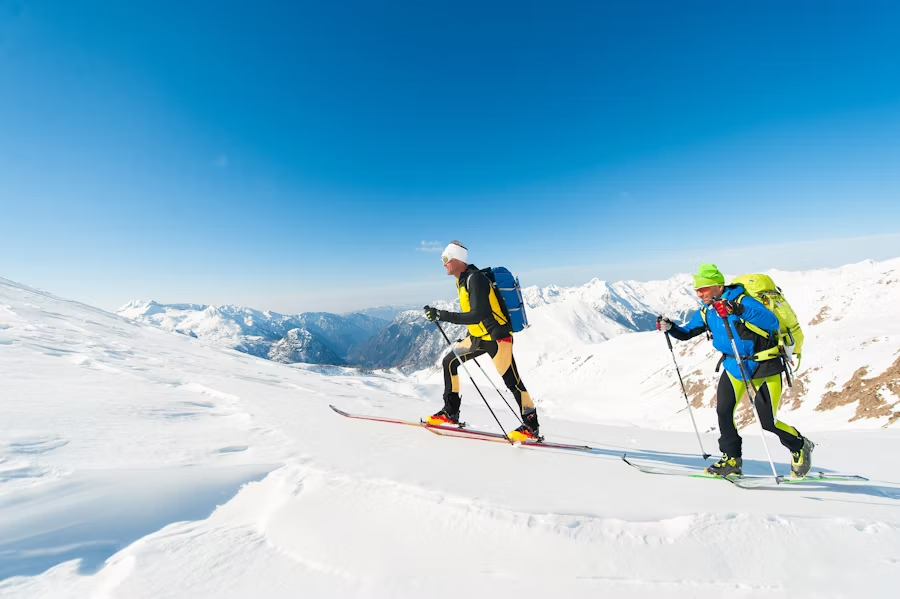
Having the right winter gear is the difference between a great ski day and a miserable one.
You don’t need the most expensive or high-tech gear either. You need winter gear that fits well, keeps you warm, and protects you from injury.
Focus first on the essentials – helmet, goggles, base and mid layers, gloves, and socks. Everything else is a luxury that can wait until you are more experienced on the slopes.
With ski injuries increasing every year, arriving prepared is a no-brainer. The mountains are calling. Let’s make sure you are ready to answer that call safely with the right winter gear to keep you warm and have the time of your life.
© 2025 Wanderers Compass All Rights Reserved
Planning a Ski Trip this Winter? Check out the links below
When planning a trip, it’s always wise to compare accommodation prices across different platforms. Expedia, based in the U.S., and Booking.com, based in Europe, don’t always feature the same properties, so checking both can give you the best range of options. We personally prefer Booking.com for its user-friendly interface and wide selection, but we always recommend double-checking the hotel or vacation rental’s official website too, sometimes you’ll find exclusive deals or perks when booking directly.
Click the link below to explore hotels and vacation homes in the area you are planning to visit. Who knows? It might be just the spark you need to start planning your next grand adventure.
Check out our most recent posts
View AllEssential Medications for Long Flights: What to Bring
November 25, 2025Winter Gear Checklist: Must-Have Items for Skiing
November 24, 2025Travel Insurance – Learn How to Protect Your Trip
November 23, 2025Edinburgh Castle: The Crown of Edinburgh
November 22, 2025Reflecting on Speaking at the UN on Sustainable Tourism
November 9, 2025Discover the Best Season to Visit Iceland
November 9, 2025Seasonal Camping Tips for Every Weather Condition
November 8, 2025Imperial Hotel Tokyo: Experience Japanese Elegance
October 24, 2025Top Things to Do in the Susquehanna River Valley Pennsylvania
October 7, 2025Want to learn about Wanderers Compass?
Our Top Recommended Travel Products
Travel Insurance
Squaremouth.com
Our favorite travel insurance site!
We strongly advocate for comprehensive travel insurance, not only for minor inconveniences but also for major, unexpected events like medical emergencies. We never leave home without it. Our go-to resource is Squaremouth.com. which offers a user-friendly platform that connects you with top-rated, reputable insurance carriers. Plus, they’ll mediate on your behalf if you run into any issues.
To empower you as a consumer, we recommend you read our blog post on why travel insurance is essential and how to secure the best coverage from leading companies at an affordable price.
MedjetAssist
Medical transport back home from anywhere in the world
Medjet is a leading provider of global air medical transport. Unlike traditional travel insurance, which typically covers medical evacuation to the nearest facility, Medjet goes further by ensuring you’re transported back to the U.S. to the hospital of your choice once you’re stable enough to fly. Medjet offers membership plans that focus on medical transport, while Medjet Horizon provides expanded coverage for broader protection. Individual trip policies start at just $99, and annual policies are available for around $300. Most policies have an age limit of 74.
To learn more about how Medical Evacuation membership with Medjet Assist works, check out our blog post for a more detailed review.
Accommodations and Airfare
Booking.com
Hotels, Home rentals, BNBs, Flights, and other Transportation & Tours
Booking.com connects millions of travelers to unforgettable experiences, a wide range of transportation options, and incredible places to stay—from homes to hotels and beyond. As one of the world’s largest travel marketplaces, it supports well-known brands and entrepreneurs of all sizes. For its convenience, variety, and reliability, it’s our preferred booking platform.
Expedia and VRBO
Hotels, home rentals, BNBs, flights, and other transportation & tours
Expedia is a U.S.-based company with a mission to make global travel accessible to everyone, everywhere. At Wanderers Compass, we embrace independent travel, and platforms like Expedia are essential to making that a reality. Expedia allows you to book every aspect of your trip—from flights and accommodations to rental cars, cruises, and activities—making it a one-stop shop for all your travel needs.
Transportation
Daytrip
Personalized city-to-city private car transfer service
Daytrip provides an affordable private car service for city-to-city transfers worldwide, and we absolutely love their service. It’s a cost-effective alternative to renting a car, providing comfortable, stress-free travel with the bonus of scenic stops along the way. For example, we used Daytrip for travel between Budapest and Vienna, enjoying some fantastic detours to local attractions. With professional drivers and customizable routes, Daytrip ensures a smooth ride while allowing you to explore hidden gems and unique sights along your journey.
To learn more about how Daytrip, check out our blog post for a more detailed review.
Travel Experiences
Viator
The leading marketplace for travel experiences
Viator believes that travel is all about creating unforgettable memories. With over 300,000 experiences to choose from—ranging from simple tours to extreme adventures, plus a wide array of unique, niche activities—it’s never been easier to make lasting memories. We frequently use Viator during our travels and especially appreciate their flexible cancellation policy, which adds peace of mind to every booking.
Communication products for seamless connectivity overseas
GigSky International eSIM Data Plans
Local Prices. No Roaming. Fastest Networks.
GigSky eSIM effortlessly connects travelers around the globe, eliminating the need to swap physical SIM cards or deal with surprise roaming charges. With affordable data plans and instant activation, you can enjoy reliable internet access in over 190 countries, making your travel experience more convenient than ever. Plus, they offer a fantastic deal: a free 100 MB data plan with no credit card required. They are so confident that you will love their service!
Enjoy 10% off all GigSky Plans (except cruise and inflight) with our discount code WCOMPASS10.
To learn more about how GigSky works, check out our blog post for a more detailed review.
Shopping
Wanderers Compass Amazon Storefront
An excellent source for all travel essentials and guides that we have vetted ourselves
Amazon is one of the world’s most comprehensive online shopping platforms, offering lower prices, a wide selection, and fast delivery through teams worldwide.
This page contains affiliate links. When you purchase through these links, we may earn a small commission at no extra cost to you. Thank you for your ongoing support!


